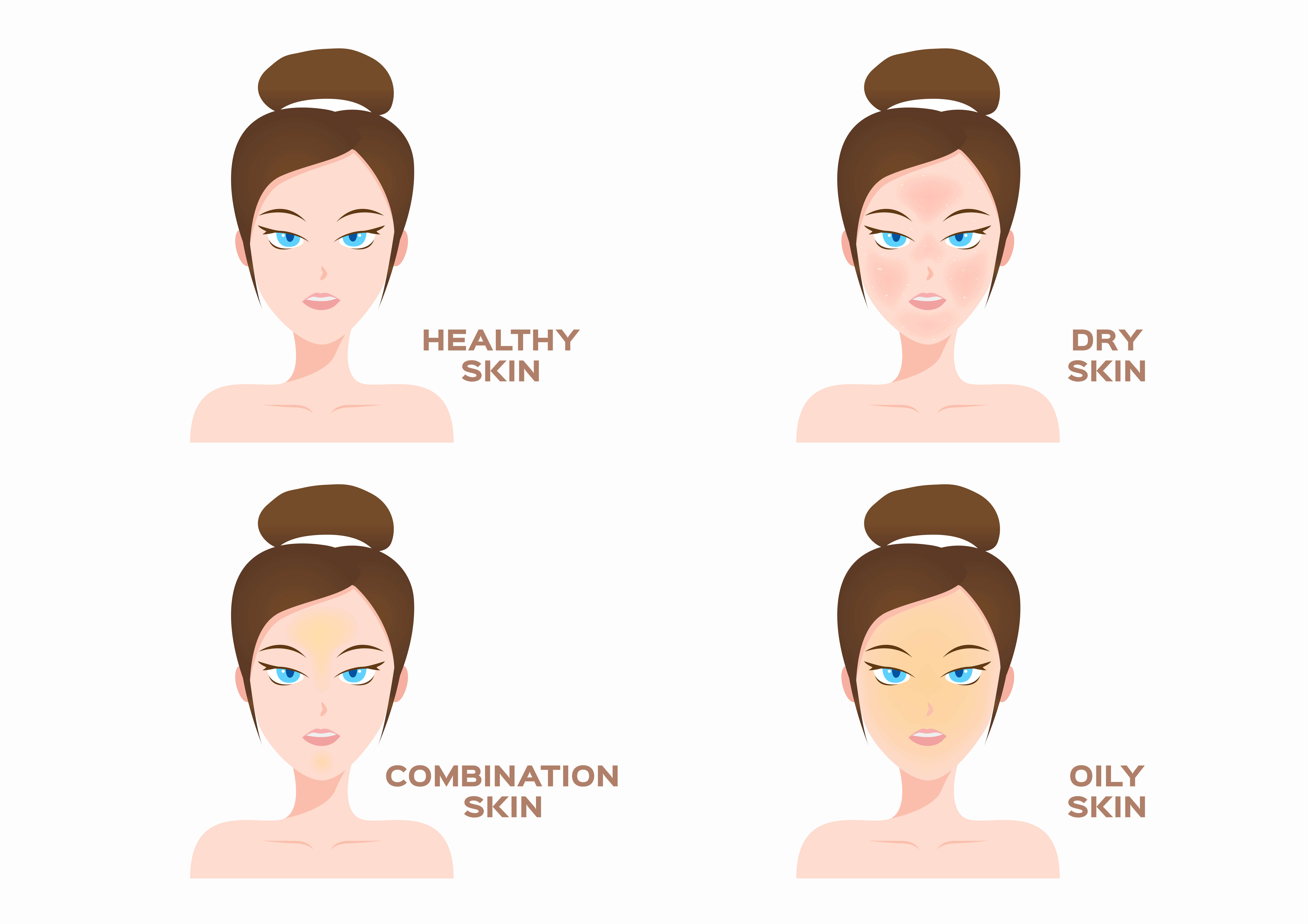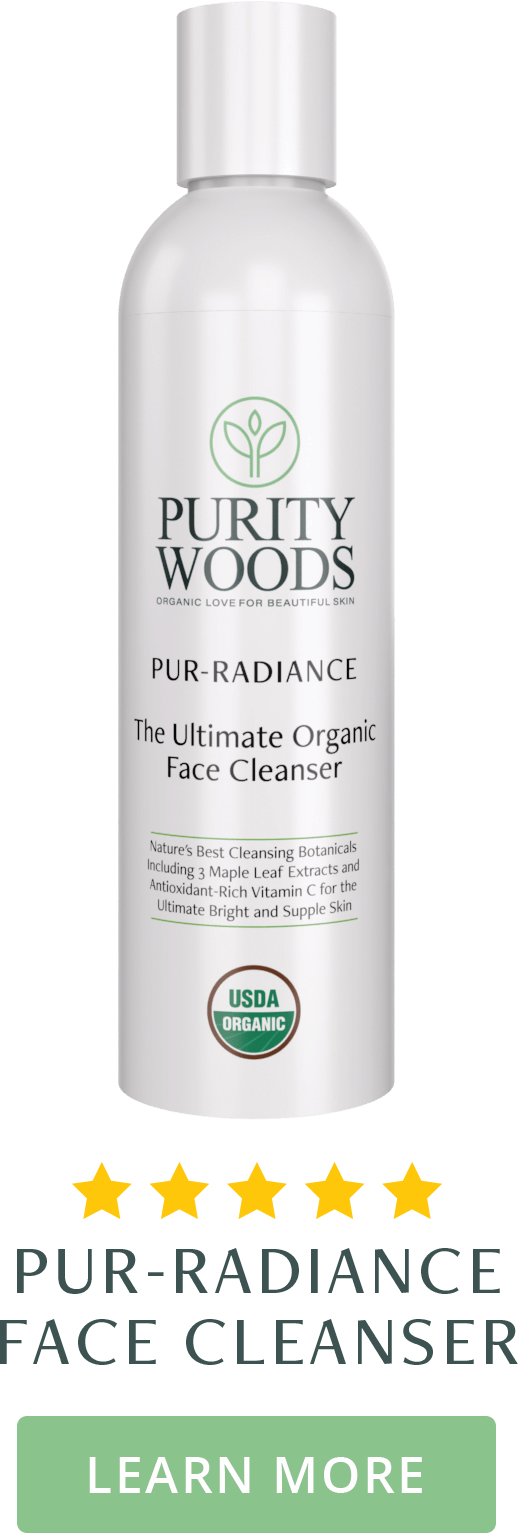As we age, skin becomes sensitive and fragile, making a quality skincare routine more vital than ever before.Luckily, glycerin, a humectant hero, has arrived on the scene to support your skin in receiving optimal hydration and a smoother-looking complexion.
Read on to discover the full potential of glycerin and tips on incorporating it into your daily regimen.
The Basics: Glycerin’s Role in Skincare

Glycerin is a viscous liquid that has a sweet taste. It possesses a natural ability to draw water into your skin’s outer layer — also known as the epidermis — which means this hydration powerhouse has a knack for supporting the skin’s smooth, youthful texture. This incredible hydration potential is due to the fact that glycerin is a humectant.
Humectants are substances that attract water from the lower skin layers to the epidermis and, in humid conditions, draw in moisture from the environment. Glycerin, in particular, excels at working with your body and environment to improve your skin’s overall water content, further enhancing its soft and pliable nature.
Glycerin also sets itself apart as a non-oily humectant that helps enhance skin’s health and appearance without leaving an undesirable greasy feel. This unique quality makes it a critical ingredient in lightweight serums, cleansers, and lotions, particularly suitable for summer months or those with oily skin seeking hydration without additional oiliness.
How to Use Glycerin for Skincare
- Your environment
- Your skin type
Understanding how these factors affect your unique circumstances, can help you create a tailored skincare routine that addresses your unique needs.
Your Environment
Due to its humectant properties, glycerin is highly adept at drawing moisture out of the air and locking it into your skin. This effect is strongest in environments with higher than 70% humidity, making it an ideal moisturizing agent in tropical and rainy climates.
Even if you live somewhere without high humidity, there are still several ways to reap the benefits of using a humectant. For example, by combining the effects of a humectant with an occlusive — such as coconut oil, mango butter, cocoa butter, etc. — you help lock in the moisture drawn by the humectant to your skin and keep it from evaporating.
To use coconut oil to enhance glycerin’s moisturizing capabilities, for instance, simply apply your glycerin-based product as your bottom layer and use a light layer of coconut oil on top.
If you don’t have an occlusive on hand, another method you can try is keeping a humidifier in your room for at least an hour before applying humectant skincare products to amplify their moisturizing capabilities.
Finally, you could also try using a hydrating toner or mist before application for optimal effects in a dry climate.
Glycerin and Varying Skin Types

As briefly touched on above, glycerin generally serves as an ideal ingredient for all skin types, no matter how dry or oily they may be. As a humectant, it hydrates without clogging pores, so even those with acne-prone skin can benefit from its use. Glycerin also helps retain moisture in your skin, making it especially valuable during seasons when the air is cold or dry.
For oily and combination skin, it adds moisture without adding oil, which means that with the proper dosage, your face won’t feel greasy after application. It helps control shine and oil production by acting as a natural emollient and excellent pore-refiner. Glycerin is also considered to be noncomedogenic, meaning it’s unlikely to clog pores.
Finally, glycerin is a prime choice for those struggling with sensitive skin. Not only does glycerin act as a non-oily moisturizer, but it also is known to help soothe irritation. This property helps enhance glycerin’s potential to ease inflammation and discomfort caused by dermatitis, eczema, and other common skin issues.
Overall, it’s a versatile ingredient that can act as an ideal boon for those with delicate or easily triggered skin.
How Much Glycerin to Apply
In the world of glycerin, less is often more.
Most of the glycerin you will find on the market is mixed into products and is naturally diluted to the proper ratio. However, if you happen to have a bottle of 100% pure glycerin, remember to dilute it before use.
There are several ways to go about this. For example, one recommended method is to use a 1:1 ratio of glycerin to purified water, rose water, or body oil. Another popular method is to mix a small amount with your body wash to cleanse and hydrate at the same time. Diluting the glycerin helps ensure you don’t use too much and cause skin irritation.
Or even better, look for products that blend glycerin with other natural ingredients, such as jojoba oil or aloe vera – as these will more likely be properly proportioned from the get-go.
How Often Should You Use Glycerin Products in Skincare?
Professionally formulated products that pair glycerin with other skin-friendly ingredients, such as aloe vera, are typically designed to provide glycerin’s benefits without causing skin irritation.
That said, diluted glycerin is also generally gentle enough for most skin types to apply daily. Just remember, if you are using a homemade mixture, it’s prudent to start your application process slowly with a patch test on your arm and monitor your skin for any potential irritation. This way, you can adjust the proportions of the solution until you find a good balance for your skin.
How to Choose High-Quality Glycerin
Last but not least, when learning how to apply glycerin for optimal benefits, you also need to consider the type of glycerin you are using.
When picking glycerin for your skincare needs, understanding its source and its organic status is key.
- Consider the Source: Synthetically produced glycerin typically originates from petroleum, whereas animal-based glycerin often comes from processed sheep or cow fat. For the purest experience, opt for plant-based glycerin when it comes to skincare.
- Organic Certification: Seek glycerin that is certified organic for a clean skincare regimen. The USDA Certified Organic seal guarantees no genetically modified organisms (GMOs) or potentially harmful pesticide residues, making it a toxin-free option for your skin.
- Purity: Organic, plant-based glycerin, being a single-ingredient product, is also free from any unnecessary additives, maintaining its purity. This translates to a generally higher quality product that delivers maximum hydration and other skin benefits without any worry of unknown substances interfering with its effectiveness.
Don’t forget: If you want to use glycerin as part of a complete skincare product, check the other ingredients to make sure they are natural and preferably organic before buying.
 Pure Radiance: Hydrated & Youthful-Looking Skin, Naturally
Pure Radiance: Hydrated & Youthful-Looking Skin, Naturally
By now, you should have a full picture of just what glycerin is capable of. From cleansers to moisturizers, this powerful ingredient is certainly one that belongs on any beauty enthusiast’s shelf.
If you want to easily and effectively use glycerin in your skincare routine, check out Pur-Radiance, a soothing and moisturizing, botanical-based cleanser from Purity Woods.
This 100% USDA Certified Organic formula is chock full of beneficial ingredients like glycerin, maple leaf extract, lemon peel oil, and pumpkin seed oil. All these remarkable components come together to cleanse and hydrate your skin while also fighting the appearance of wrinkles, dark spots, and other signs of skin aging.


